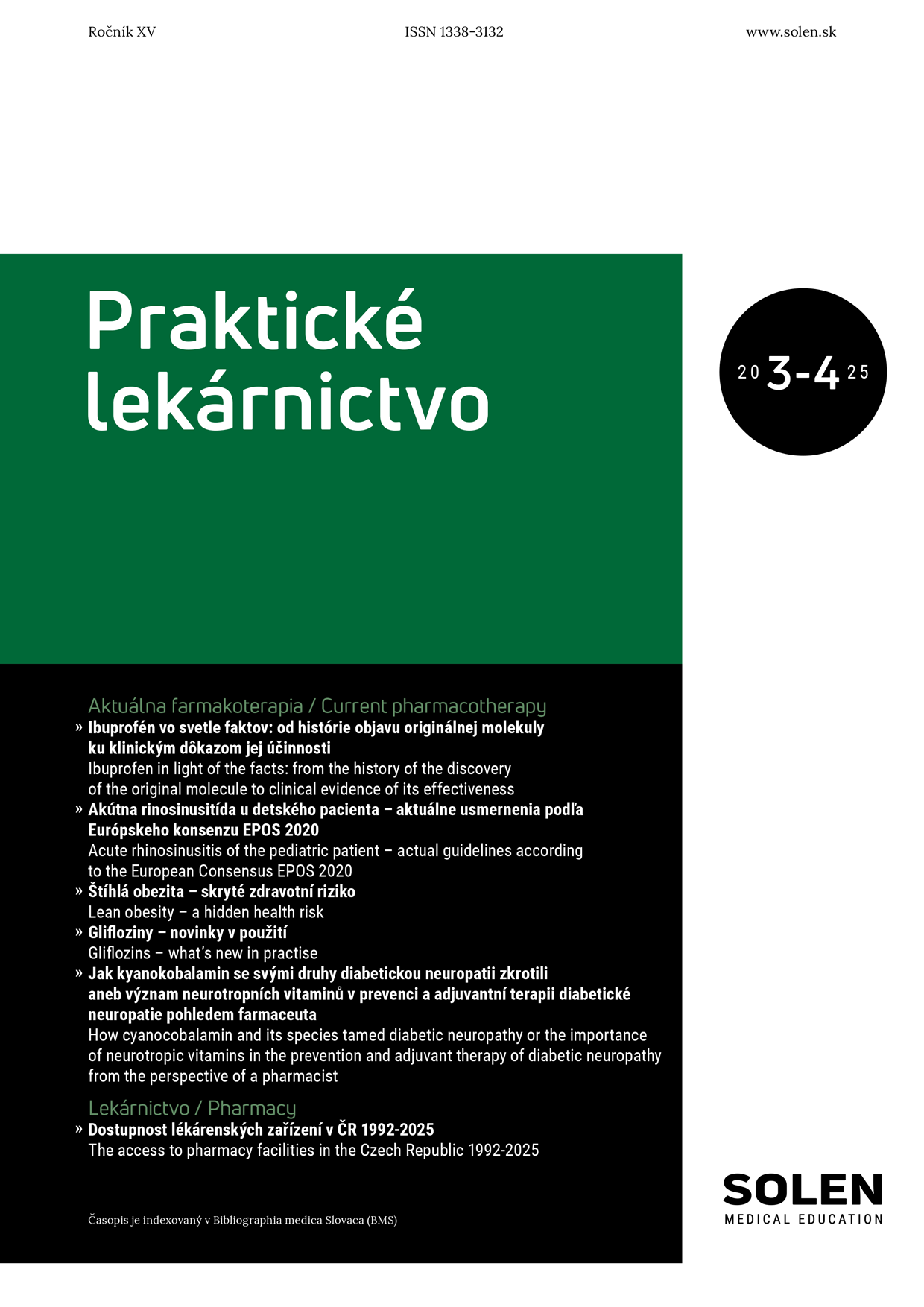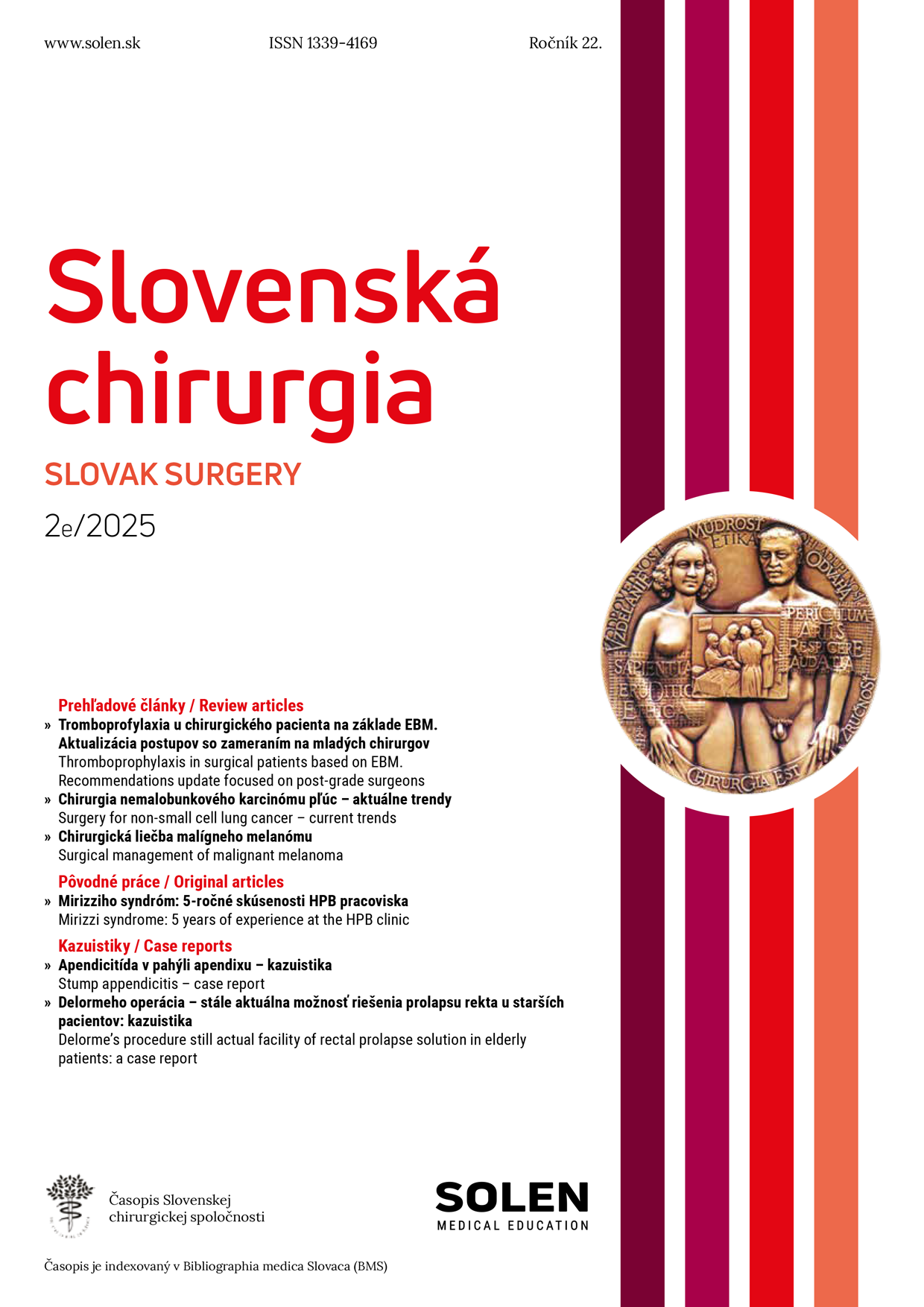Onkológia 4/2007
Role of thoracoscopyin the diagnosis and treatment of lung cancer
endoscopic procedures within a toracic cavity have rapidly expanded in recent years. While initially thoracoscopic surgery was indicated mostly for the diagnosis of pleural effusions, the development of video optics and instrumentations allowed for the expansion of its indications to the diagnosis and treatment of benign and malignant pleuropulmonary and mediastinal disease. however, menwhile the endoscopic evaluation of malignant pleural effusions, intrathoracic lymph nodes and indeterminate pulmonary nodules by mens of videothoracoscopy is commonly accepted, the implentation of video-assisted thoracic surgery (VATs) in major pulmonary resections has been limited, partly due to concerns about its safety and effectivity on local control of tumor, its recurrence and long-term survival. Based on their own experience, the authors believe that all benefits and advantages of this new videoendoscopic technique gained an important place in the diagnosis of lung cancer, but there are still concerns about its adequacy for lung cancer resections because there are only short-term follow-ups. Majority of thoracic surgeons consider thoracotomy as the gold standard and the application of VATs resection in lung cancer has remained infrequent.
Keywords: lung cancer, thoracoscopy, videothoracoscopy, VATs resection.

















